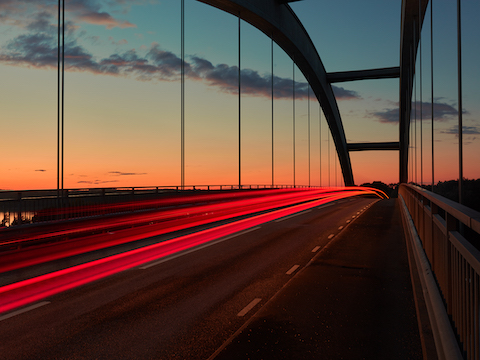Best Landmarks in Nagasaki
, 8 Options FoundMount Inasa-yama is easily the most famous "mountain" (actually only 333 meters tall) overlooking Nagasaki City. Indeed, the views from these heights are perhaps the most impressive—and there is certainly competition from the other ridges—and access is made easy by a number of rope-ways, bus tours and parking areas for cars. The gondola rides are quite lovely and romantic at night, and only cost a few hundred yen. A trip to Inasa-yama is considered a necessary part of every Nagasaki itinerary; once you go, it is easy to understand why.
Nagasaki Port is one of the important and an integral part of Japanese history. During the World War, United States attacked the port with a nuclear bomb and the death toll touched nearly forty thousand and damaged the country permanently. Till date visitors flock to see this landmark that changed the course of history. You can also check-out popular tourist attractions like the Atomic Bomb Museum and the Glover Garden, located nearby. While in Nagasaki, do make a point to include 'Nagasaki Port' in your travel itnerary.
Megami Ohashi Bridge since its inauguration in 2005 is the longest and largest cable-suspension bridge in Nagasaki. There's a pedestrian way on the sides of the vehicular, so you can go up the 65 meters (213.26 feet) high bridge and enjoy the magnificent view of the city, or catch the sunset and enjoy the cool, balmy evening. You could even go for a spin in your car and swiftly speed through the breeze over the amazing structure. The view of the bridge, when it's lit up in the evening, is absolutely breathtaking. There are charges for vehicular traffic.
Visitors to Nagasaki almost have a moral obligation to visit this famous and sacred park. With 35,000 square meters, it is fairly large, but more importantly, it is dedicated to world peace. The park's main attraction is its collection of statues and sculptures donated by countries and groups all over the world. The main statue of the park, The Peace Memorial Statue, was constructed by Nagasaki City, and is of a man, with his right arm pointing to the sky to indicate the continued threat of nuclear destruction. The left arm is extended toward the horizon for world peace. The eyelids are closed to remember those who perished in the atomic holocaust.
There are a number of small bridges arching over the Nakajima River, all of which used to act as separate entrances to temples along the parallel Temple Row. This one is the only famous one to speak of. When the water is at the right height, the reflection of the double arches on the water gives the appearance of spectacles. The original bridge was built in 1634, but this one is a replica (and a good one at that). All the bridges on Nakajima River were destroyed in typhoon floods in 1982.
This monument, located within a few minutes of Nagasaki station, is dedicated to 26 Christians who were executed in 1597. The monument is a long wall with the sculpted figures of the martyrs (including children) mounted on it. The lights at night give it an eerie effect, but even without that, there is something a little unsettling about it until you realize what it is. Do not let the positioning of their feet escape your notice. Note that there is also a memorial museum whose admission is JPY250. You can access the monument, however, at all hours.
Most Japanese Shinto shrines are approached through torii, or large arches that act somewhat as gateways. Only half of this torii is present, as the other half was blown away by the atomic bomb blast. Interestingly, the half that is missing was the half that was facing the location of the blast, leading many to theorize that it protected the other side. The location is actually 900 meters from the hypocenter, making it possible for visitors to easily walk there from Hypocenter Park.
Originally built in 1618, this large, attractive castle is actually south of Nagasaki City in Shimabara. Like most castles in Japan, it has been meticulously restored so that the interior resembles a museum, with artifacts and documents on display. Of the "castles-turned-museums" in Japan, though, this one has been executed quite nicely. Touring and studying the exterior can also occupy plenty time, and certainly will provide ample photo opportunities.







